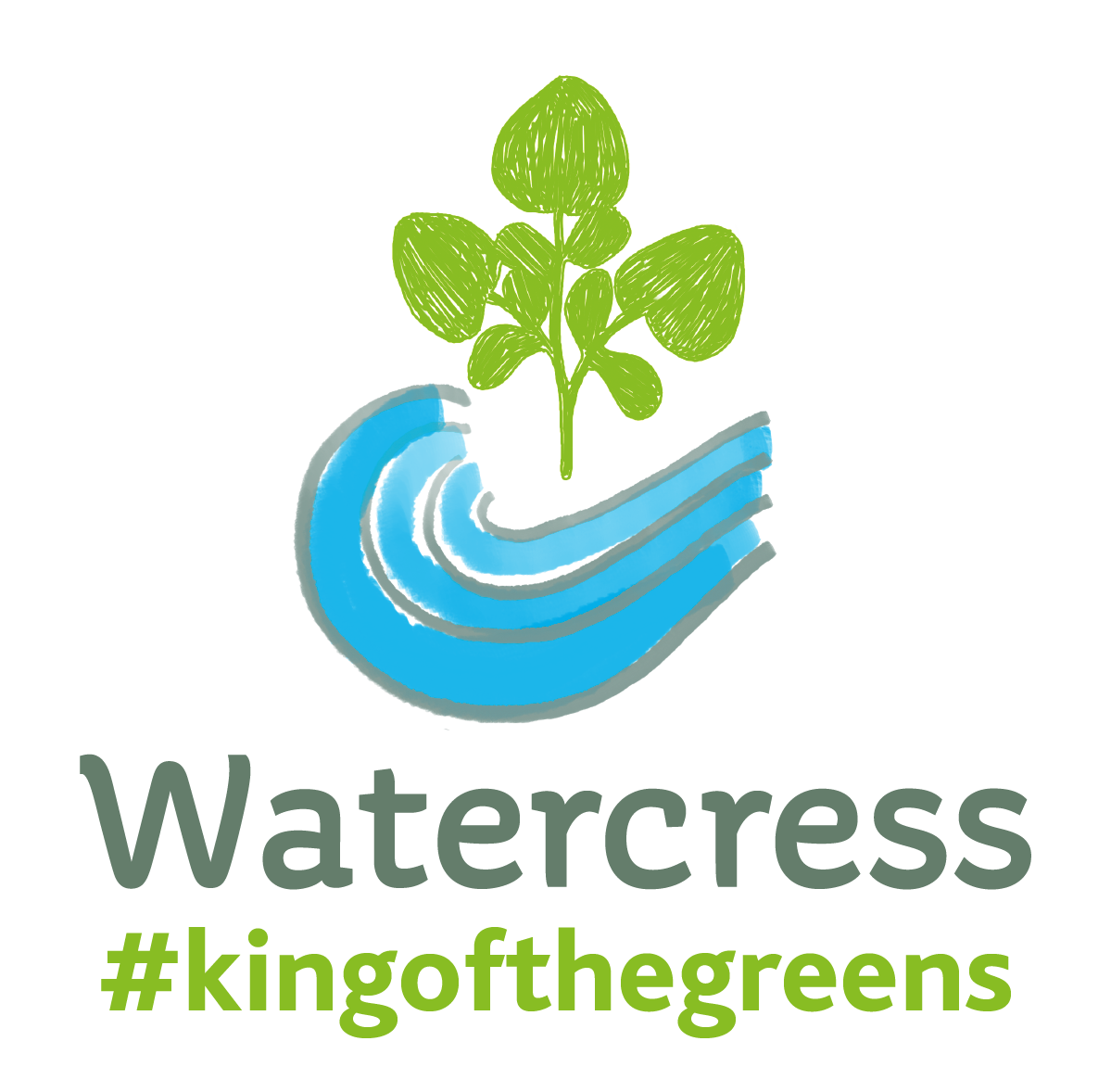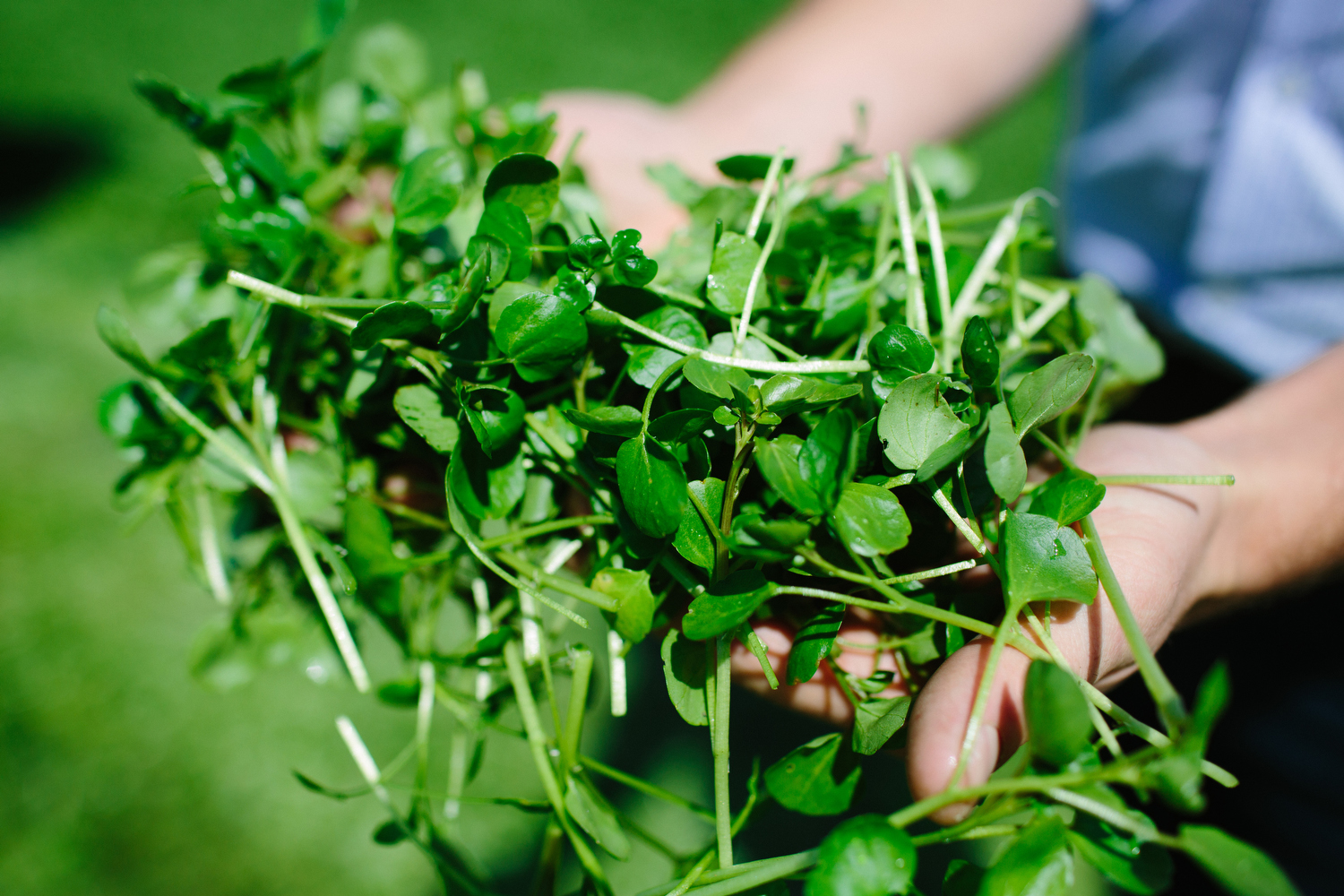Dr. Lucy Williamson: Why we should "Love Watercress"
Registered Nutritionist Dr Lucy Williamson details the health benefits of Watercress and explains why we should embrace this leafy green
Watercress, a highly nutritious and British leafy green, is packed with more antioxidants than the rest of the Brassica family it belongs to (cauliflower, broccoli, sprouts, spring greens etc) and current, exciting research is continuing to show its many health benefits.
But what are Antioxidants and why do we need them?
Just as chopped apples turn brown when exposed to oxygen in the air, we too are constantly exposed to ‘free radicals’ which cause damage to our cells, proteins and DNA, in a process known as ‘Oxidative Stress’. We use and recycle, key antioxidants like Vitamin C, E and A in the food we eat, to neutralise these free radicals and so reduce oxidative stress. (Interestingly, most animals make their own Vitamin C). When these internal defence mechanisms are overwhelmed, extra antioxidants from food such as watercress play a key role in our long-term health because oxidative stress can increase the risk of some serious illnesses, heart disease and stroke, and quicken the ageing process. For the record, sources of free radicals can be excessive intake of sugars in high energy food, smoke inhalation and other air pollutants, alcohol, UV radiation from the sun and lack of sleep. They can even be exercise-induced. All in all, part of our every-day lives.
So why is watercress so beneficial?
Natural plant chemicals in watercress are activated upon chewing, or digestion by our gut bacteria, to the peppery-tasting antioxidant, Isothiocyanate. Current research is demonstrating this antioxidant to be particularly effective in protecting against cell DNA damage which can lead to some serious illnesses and diseases. Watercress is also an excellent source of the Vitamin A precursor, beta-carotene as well as Lutein, both of which have antioxidant properties. And it doesn’t stop there – it’s high in fibre too, so great for digestive health and a good source of Vitamins E and C, and potassium for heart health.
Seasonality is key to healthy eating – getting the best quality nutrients, at their most plentiful and cheapest. Watercress can be enjoyed in the diet in so many ways – in smoothies mixed with garden peas and blueberries or a savoury version with cucumber, peas, garden mint and avocado, or try this delicious dip:
Watercress, garden mint and pea dip
Blanch 1 cup of frozen or fresh peas for 4 minutes. Whizz with a handful of watercress, freshly picked garden mint, olive oil to desired consistency and S&P to taste. Delicious!
Make the most of this fabulous British green this summer!
About me:
I am a Registered Nutritionist working to inform and inspire better health for all. Previously a Vet and with a family of my own, I understand the need for practical, evidence-based Nutrition advice within busy lives. My focus is on achieving healthier, happier lives through sustainable good food choices, giving clarity amid confusing ‘healthy eating’ messages. Sharing Nutrition knowledge is my passion and, I believe, beneficial to all!
To find out more about how Lucy can promote your Food Business, provide Personal Nutrition advice, speak at your Event or her work within Schools, click HERE. You can learn more about her work as the Nutritionist for Love British Food HERE
Follow her on Instagram @lucywilliamsonnutrition for practical meal ideas for busy families too!




